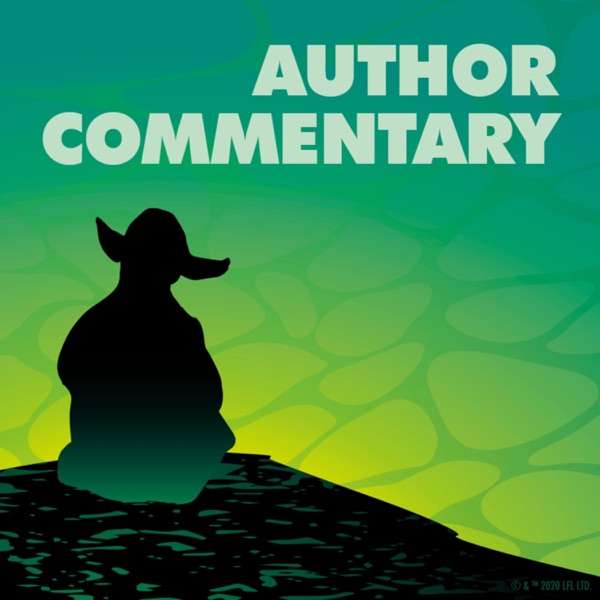Welcome to Tough to Treat: A Physiotherapists’ Guide to Managing Those Complex Patients, with your hosts Erica Meloe and Susan Clinton, who discuss how they successfully treated patients that others could not. Via case history discussion, they share their physical therapy expertise from treating long standing pelvic pain to persistent neck pain. They present a holistic and integrative view on assessing and treating chronic pain. Unique movement strategies and specific patient exercise prescription are also presented so you can be ahead of the curve when it comes to treating these types of patients. Oftentimes, the source of the problem is not where you think it is!! For example, chronic low back pain emanating from the neck. Or hip pain coming from the foot. It pays to look up and down the kinetic chain!
Podcast music: “Fearless First” Kevin MacLeod (incompetech.com)
Licensed under Creative Commons: By Attribution 3.0 License
http://creativecommons.org/licenses/by/3.0/

 Our TOPPODCAST Picks
Our TOPPODCAST Picks  Stay Connected
Stay Connected







